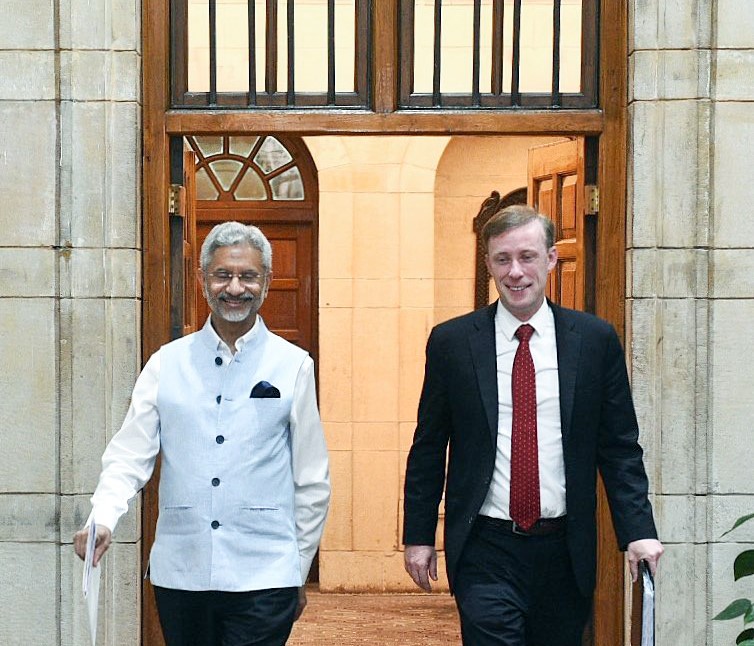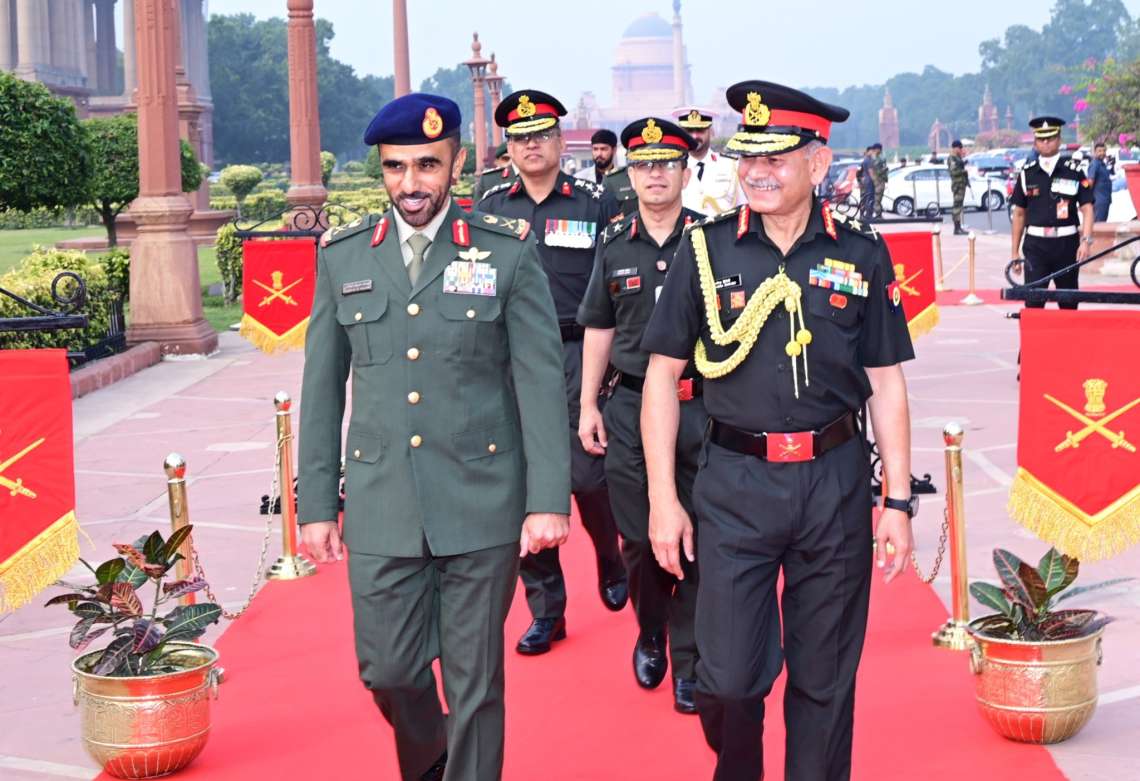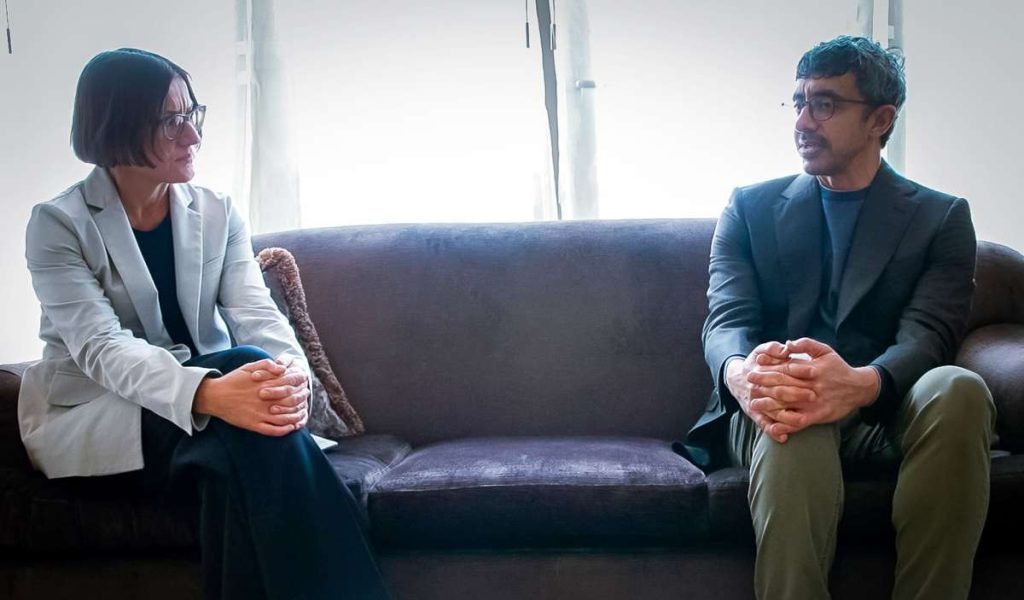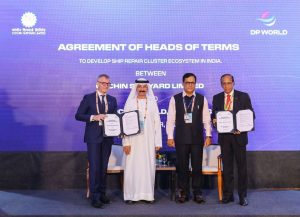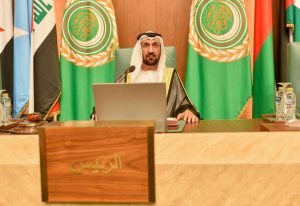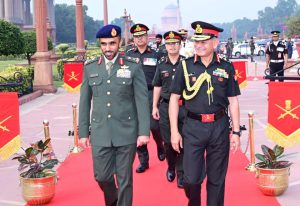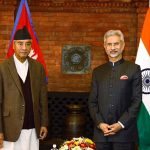The two countries released a joint Fact Sheet following the second meeting of the US-India initiative on Critical and Emerging Technology…reports Asian Lite News
US and India have agreed to initiate new cooperation in the field of quantum science and technology and also develop a joint strategic framework for building biopharmaceutical supply chain optimization.
The two countries released on Monday a joint Fact Sheet following the second meeting of the US-India initiative on Critical and Emerging Technology (iCET) in New Delhi.
The meeting was chaired by National Security Advisor Ajit Doval and visiting National Security Advisor Jake Sullivan. The iCET was launched by New Delhi and Washington in January 2023.
The Biden administration has affirmed to lower barriers of US exports to India for high-performance computing and source code technologies. The two countries will forge public-private cooperation between India’s Bharat 6G Alliance and the US Next G Alliance for Open RAN field trails and roll-outs in both countries, according to the joint statement.
The project will be supported by US funding.
The two countries have agreed to initiate “new cooperation in quantum science and technology, including through launching a workshop on post-quantum cryptography at the University of California, Los Angeles, and facilitating visits of Indian technical experts from academia and the private sector to visit US national laboratories and quantum institutions,” according to the joint fact sheet.
The two countries have also decided to expand cooperation in quantum communication, post-quantum migration and security, and Digital Twins technology.
They will also work to foster joint research and development to generate public good through the commercialization of technology.
India and the US celebrated the longstanding cooperation by the State Department-supported US-India Science and Technology Endowment Fund and its forthcoming announcement of winners of the “Quantum Technologies and AI for Transforming Lives” competition, fostering joint R&D to generate public good through the commercialization of technology.
They also welcomed the Indian Centre for Development of Advanced Computing’s membership in the US Accelerated Data Analytics and Computing Institute, a multilateral information exchange mechanism, as the Biden-Harris Administration continues to work with the US Congress to lower barriers to US exports to India for high-performance computing and source code.
The two NSAs also agreed to combine capabilities in the field of biotechnology and biomanufacturing.
They hailed the launch of a Track 1.5 Biopharmaceutical Supply Chain Consortium – the “Bio-5” on June 5 with key industry and government stakeholders from the United States, India, the ROK, Japan, and the European Commission to enhance resilience in supply chains for active pharmaceutical ingredients, key starting materials, and foster high-impact R&D collaboration.
The two sides noted the establishment of the first-ever National Science Foundation and Department of Biotechnology joint funding opportunity, through which the two organizations will support collaborative research proposals to promote biotechnology innovation and advance the bioeconomy, the statement read.
They further agreed to “developing a joint Strategic Framework for building biopharmaceutical supply chain optimization to strengthen global supply chains and reduce dependencies on single-source suppliers, in support of Bio-5, led by the Department of Health and Human Services and the Department of State on the US side, and the Departments of Biotechnology, Pharmaceuticals and the Ministry of Health and Family Welfare on the Indian side.”
The two Nationl Security Advisors welcomed the launch of a “Bio-X” initiative that would promote biotechnology cooperation by leveraging the synergies between domestic programs and enhancing the competitiveness of the biotechnology industries in both countries, including in areas such as molecular communication and the Internet of Bio-Nano Things.
India and the US have further agreed to pursue advanced telecommunication opportunities. This included task force collaboration on 5G and 6G research and development.
The two sides noted the recent finalization of the US-India Open RAN Acceleration Roadmap, ongoing 5G and 6G R&D Task Force collaboration, and continuing efforts between US and Indian industry to work toward large-scale Open RAN deployments in India and the United States;
New Delhi and Washington will build partnerships to deploy high-quality, cost-effective Open RAN technology at scale, including through a USD 5 million USAID Edge Fund grant to Qualcomm and Mavenir to test its ORAN stack in India in partnership with Bharti Airtel, with Qualcomm contributing an additional USD 9.4 million to the project.
They will also promote Open RAN workforce development opportunities in India through USAID’s Emerging Technologies in the Indo-Pacific program.
This is an 18-month, USD 410,000 activity to integrate Open RAN-related educational content into Indian technical training programs and foster collaboration between Indian institutions and the Asia Open RAN Academy in the Philippines.
The two nations will cooperate on secure and trusted telecommunications products and components and product-level security.
The two sides agreed to “strengthening cooperation in 6G technologies through working groups that would potentially focus on evolving 6G related technologies like network sensing, intelligent reflecting surface, a human-centric cognition-based wireless access framework, and other priority areas.”
India and the US will also forge public-private cooperation between vendors and operators of the two countries led by India’s Bharat 6G Alliance and the US Next G Alliance for Open RAN field trails and roll-outs in both countries, with US funding support, the statement added. (ANI)
ALSO READ: MBS renews call for truce in Gaza

